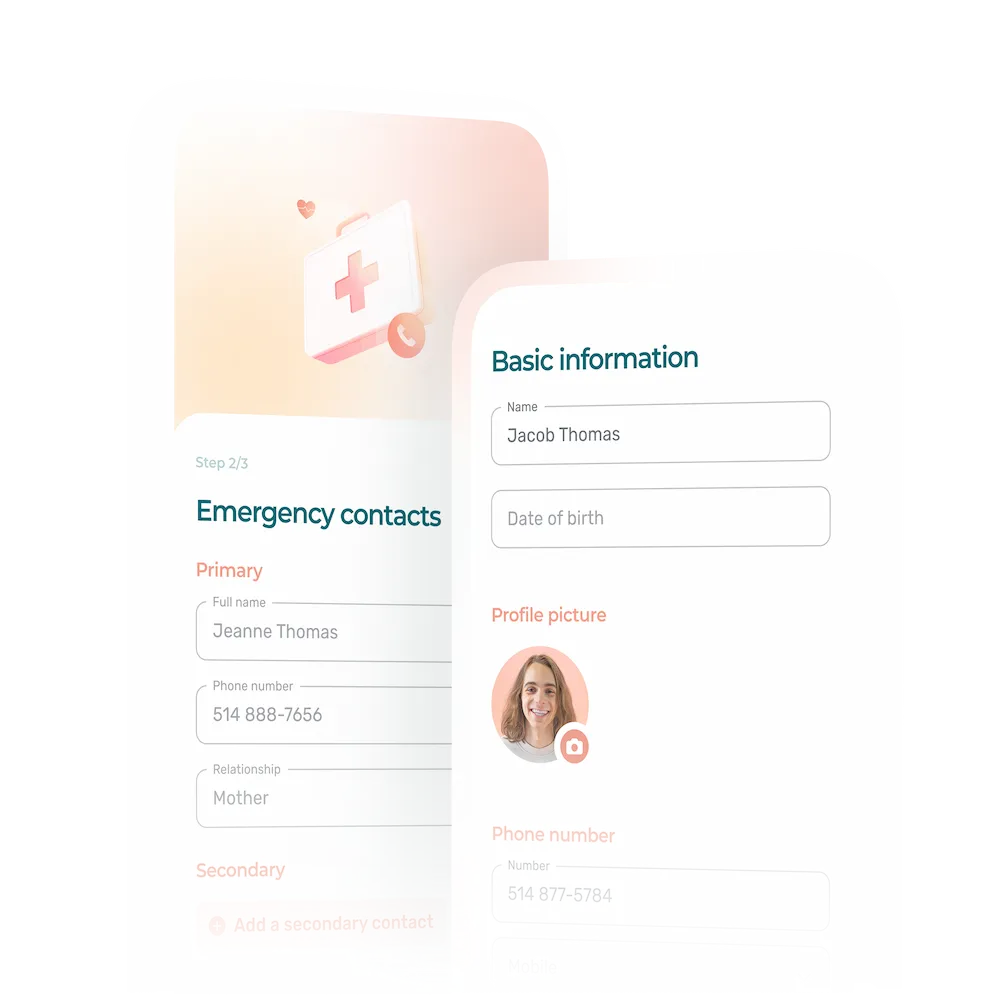Managing working time is crucial to the smooth running of a company.
It includes a variety of tasks, from organizing one’s own working hours to scheduling employees’ working hours.
These time management tasks ensure that all the activities necessary for the smooth running of your business are carried out. They help you avoid overtime and ensure that you have enough staff to cope with busy traffic periods.
As a manager, it’s your responsibility to ensure that your employees have the skills they need to perform their tasks effectively, and that their working hours are suited to the organization’s needs.
Find out how to improve time management in your team with our 6 practical tips.
The Benefits of Better Time Management
Good time management increases the productivity and efficiency of a company’s employees. Every task is completed efficiently and simply.
Employees know exactly what to do and when to do it. They can cross tasks off their list more quickly and provide better service to customers, for example.
Better time management also means more time off and a better work-life balance. By being in control of your own time and that of your employees, you’ll reduce the stress associated with last-minute tasks.
The more employees feel in control and have the tools they need to get the job done, the more effective they’ll be and the more pride they’ll feel in their work.
According to a 2023 Statistics Canada study, 21.2% of Canadian workers experience high or very high levels of stress at work. This stress could be reduced considerably by implementing solutions to optimize time management.
Efficient time management provides a clearer picture of hours worked. This makes it easier to create schedules and adjust them according to business needs or employee availability. Time management at work is also critical to compliance with existing labor laws.
6 Tips to Improve Time Management in Your Company
1. Analyze Your Time Management
Before implementing a bunch of new processes, changing your ways of doing things, or even restructuring your team, take the time to analyze your current time management. This important step, which enables you to clearly identify what can or should be improved, is too often neglected.
Here are a few exercises to help you analyze your time management methods:
- Make a list of all the tools you use: employee management software, task management apps, communication tool, etc.
- Calculate your labor costs
- Calculate the number of overtime hours worked by your employees
- Validate whether your employees have taken time off in the last year
- Survey your employees anonymously to find out what they think about time management in the organization
- Evaluate your workforce needs in terms of opening hours and customer traffic
- Take notes on tasks and the time needed to complete them for 1 week
Once you have a better overview of your practices, you’ll be able to identify processes, tasks, or tools that need to be improved.
Take the time to identify one (or a few) goals you want to achieve. This will help you prioritize the actions you need to take to get there.
2. Use Employee Management Software
When we think of time management, we often think of to-do lists and ways of being organized. But time management also means managing employee schedules, shift tasks, vacations and breaks, for example.
Employee management software makes it easy to create schedules, manage vacation requests, track working hours and manage payroll.
Not only can you optimize your own time management, but also that of your employees. Two birds with one stone!
By using employee management software, you can create schedules quickly, making sure to respect your employees’ availability and desired number of work hours. It’s also easy to create rotating schedules to allow your team members greater flexibility.
By adopting better time management practices, you can reduce overtime and even avoid payroll errors.
Some software packages also optimize multiple tasks. For example, Agendrix employee management software enables managers to let their employees swap shifts easily. This feature allows managers to concentrate on other tasks, and to make their employees accountable for their schedules.
3. Set Clear Objectives
To make time management easier, it’s essential to set clear objectives, both for yourself and for your team members. This makes it much easier to identify priorities and carry out your tasks efficiently.
If you find it difficult to set clear objectives, use the SMART method. This method uses precise criteria to determine each of your objectives.
These must be:
- Specific: avoid vague wording
- Measurable: identify a precise goal to achieve
- Achievable: make sure you have the time, resources and knowledge needed to reach your goal
- Realistic: don’t set goals that are too big or ambitious
- Temporally defined: set deadlines to be met
When your objectives are clear, it’s much easier to make links with the tasks to be carried out, to give more meaning to your work and that of your employees.
For example, here are a few examples of SMART goals you could set for yourself:
- Reduce waiting time at checkout to an average of less than 30 seconds per transaction within 2 months in your retail business
- Achieve sales of $10,000 per month within 6 months
- Reduce employee turnover in your restaurant to less than 60% within 1 year
- Hire 3 new employees in the next 4 months
4. Limit Procrastination
There are many reasons for procrastination, and one of them is certainly poor time management. This means that certain tasks are put off or not done properly for lack of time.
Good news is that there are several ways to avoid procrastination at work. First, make sure you have a policy on cell phone use at work. This will prevent your employees from wasting time on social media instead of doing their jobs.
Explain clearly what action will be taken in the event of inappropriate cell phone use.
Procrastination can also be caused by a lack of clarity about what needs to be done. Don’t hesitate to create to-do lists for your employees so they know exactly what to do during the day.
Make yourself available to answer their questions, so they don’t waste their time because of a lack of information.
5. Set Up Clear Processes
To avoid wasting time, internal processes make all the difference. They reduce decision-making time and standardize the way things are done.
Take the time to write down your company’s various processes so that your employees can refer to them.
It’s also a good idea to clarify everyone’s responsibilities at the same time, so that certain tasks aren’t forgotten. So don’t hesitate to create job descriptions for each position on your team.
Optimize workspaces to keep them clean and easy to use. This will prevent your employees from wasting time searching for their work tools or deep-cleaning neglected workspaces.
6. Say No to Multitasking
Multi-tasking is anything but efficient. It’s better to concentrate on one task at a time, to make sure it’s done properly.
The many changes of context required by multitasking contribute greatly to wasted time. You’ll spend a lot of time looking for the right information, and risk missing important details and making more mistakes.
The same goes for your team members. For example, avoid asking your employees to serve customers in addition to carrying out a multitude of other tasks at the same time. They won’t be productive, and won’t be able to serve customers and perform their other tasks properly.
Time Management, an Essential Management Tool
The more seriously you take time management, the more you’ll see a positive impact on your team. Your employees will be more efficient and effective. They’ll feel less stressed and more satisfied at work.
For your part, you’ll have more time to devote to tasks such as recruitment, developing new marketing strategies or problem-solving.











